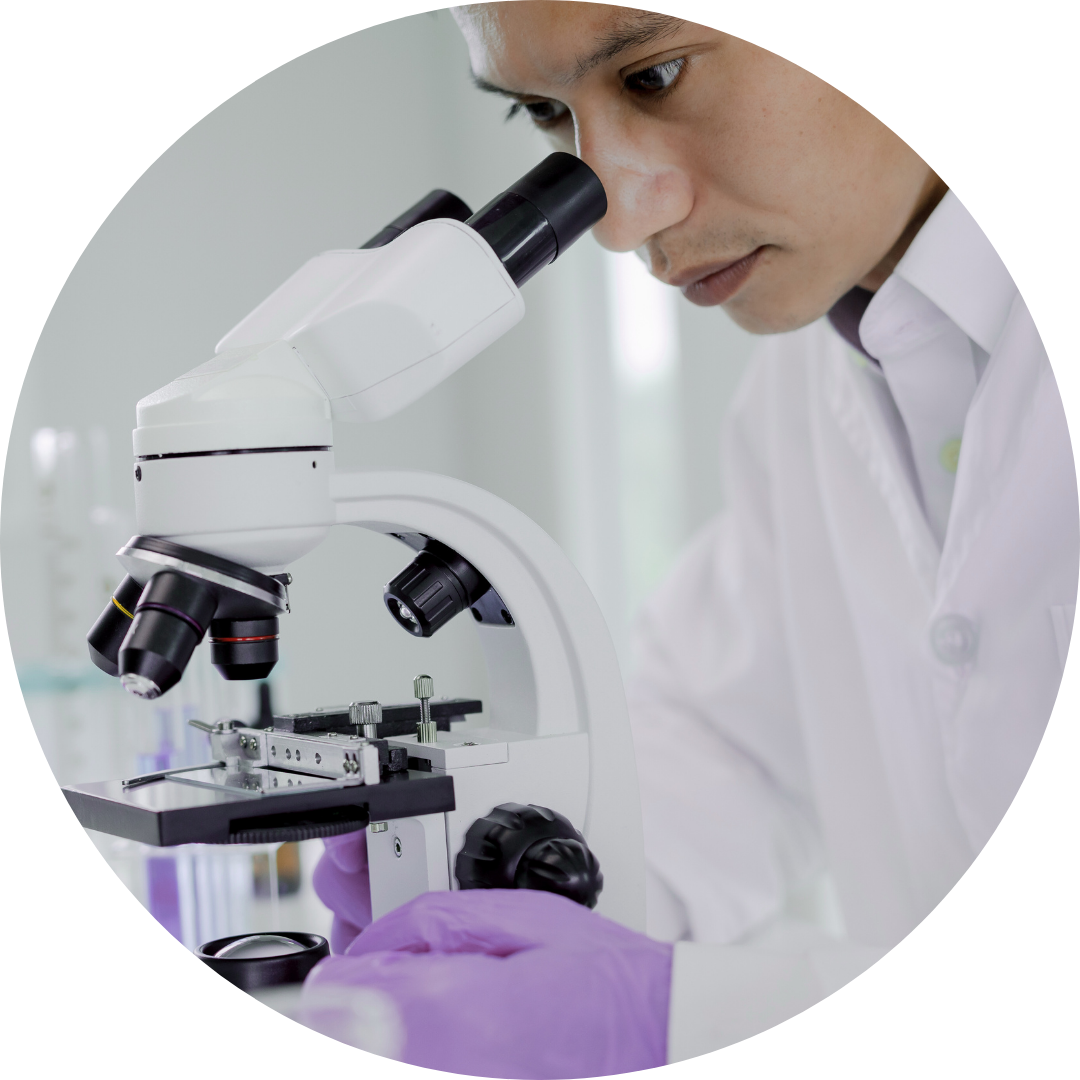Following its agenda to regulate the Food and Feed industry with up-to-date regulatory texts, the EFSA published this 4th November 2025 an update on the guidance on the characterisation and risk assessment of microorganisms used in the food chain. This text aims to follow the industrial mutations and their new research and development advances, but also the state of the art of scientific technics and the new safety discoveries.
What are the new features of the EFSA 2025 Guide for microorganisms in the food chain?
EFSA 2025: Harmonization of regulations and new categories of microorganisms
This new version makes significant changes in EFSA regulation.
First, it unifies several individual regulations, that is, it brings in one guidance those of the Food Enzymes, the Feed Additives and the Novel Food.
By unifying the guidances, it homogenises the analyses needed for the characterisation and risk assessment of microorganisms used in the food (and feed) chain.
This new version, also widen the use cases of microorganisms in food/feed processes by adding the case of “Active Agent”, GM or non-GM microorganisms capable of multiplications used directly in (or as) the product.
Another great feature in this guidance, is the consideration of microalgae, protists and bacteriophages, which increase the categories of microorganisms used in Food/Feed processes. It surely will affect positively the respective markets of Food Enzymes, Feed Additives and Novel Food.
Strengthening microbial risk assessment standards
This Guidance also increase its standards in matters of risk assessment, by including new resistance tests, as antifungal ones. It also increases the specificity of outcomes.
The Guidance on the characterisation of microorganisms applies to Plant Protection Products (PPPs) in a supplementary capacity. For products under the PPP Regulation, the risk assessment is conducted by the Member States and EFSA according to the relevant, existing regulatory framework. In this context, the new guidance covers the scientific requirements supporting the characterisation of the microorganism (specifically sections “Characterisation of the Microorganism” and “Presence of viable cells and DNA in the final product”), and should be considered in addition to other existing PPP guidance documents.
GenoSreen: Compliance and update of bioinformatics pipelines
Our analysis and bioinformatics pipelines have already been fully updated to meet these new requirements, ensuring immediate compliance and optimal support for the new regulatory framework.
What are the key differences between the EFSA 2025 Guidance and the previous version?
Scope of microoraganisms
2025 Guidance
Explicitly includes bacteriophages, microalgae, protists, viruses.
Old Guidance
Applies to bacteria, yeasts, filamentous fungi, and the products derived from them.
Antimicrobial Resistance (AMR) and antifungal resistance
2025 Guidance
Explicit discrimination between intrinsic vs acquired resistance; applies to bacteria and bacteriophage hosts.
Introduces antifungal resistance testing for yeasts/fungi.
Old Guidance
AMR genes inquired only for bacteria.
Antifungal resistance not investigated.
Production of Antimicrobial Substances
2025 Guidance
Explicit WGS + phenotypic screening for production of antimicrobial compounds.
Systematically assessed for active agents, biomasses, and production strains.
Old Guidance
Less detailed; focused mainly phenotypic screening for antimicrobial production by the organism.
Not systematically addressed across all microorganisms.
Toxigenicity and Pathogenicity
2025 Guidance
Requires WGS-based screening for virulence genes + supporting literature and phenotypic tests (e.g., cytotoxicity tests, toxin assays).
Studies extended to other types of microorganisms, with some species-specific extra-care testing frameworks (e.g., Enterococcus faecium vs lactis, Bacillus cereus group.
Old Guidance
Literature review + phenotypic testing for known toxins/pathogenicity; WGS is not systematically required.
Special attention on species from Bacillus and Enterococcus species; applied generic screening elsewhere.
Genetic Modification
2025 Guidance
Add the possibility to have GMM strains as active agents.
Explicitly extends to GM viruses (phages), GM microalgae, synthetic biology constructs.
Old Guidance
Active agent could not be GMM.
Focused mainly on GM bacteria, yeasts, fungi.
Presence of Viable Cells and DNA
2025 Guidance
Introduces extended sampling protocol and explicit spiking/recovery controls. Much more detailed procedural requirements to ensure reproducibility and sensitivity.
Old Guidance
Less prescriptive on protocols.
Discover our latest newsletters...
Find out more about our articles on regulatory services.

Updated guidelines for Novel Food submissions (EU) 2015/2283
The 1st of February 2025 entered into force the “Guidance on the scientific requirements for an application of a novel food in the context of Regulation (EU) 2015/2283”...


What is the QPS list?
The European Food Safety Authority (EFSA ) plays a crucial role in ensuring the safety of the food and feed supply chain. A key element in this process is the Qualified Presumption of Safety (QPS) list...
